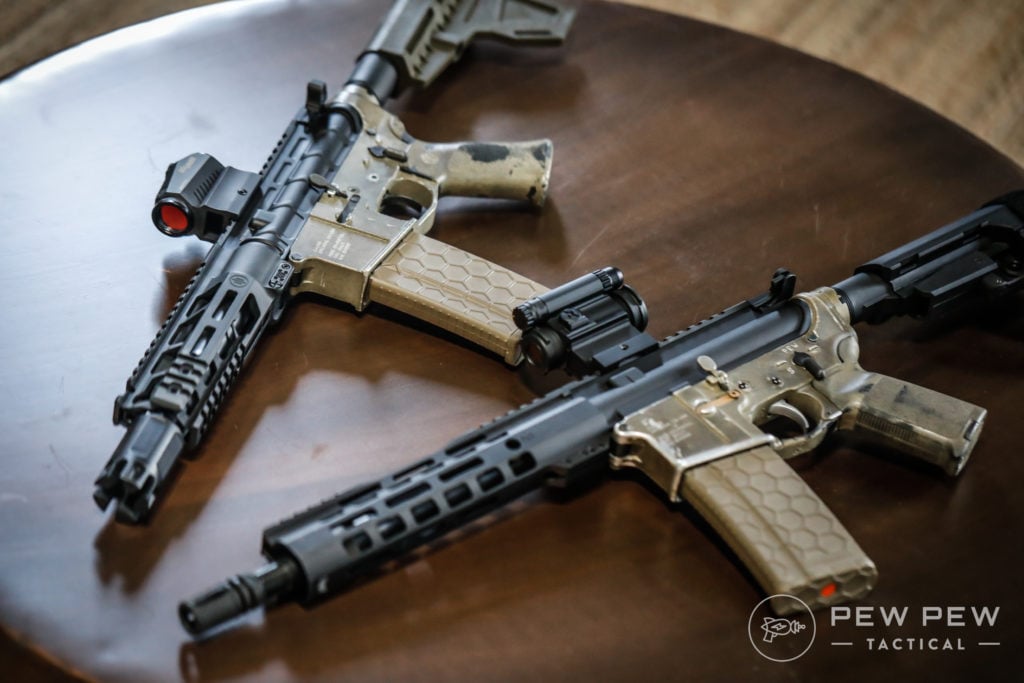
We take a look a the New York SAFE Act which placed restrictions on the kinds of firearms NY gun owners could have. among other things.
Published November 04, 2021Link copied to clipboard!
We review products independently. When you buy through links on our site, we may earn a commission to help support our testing. Learn more.
JUMP TO SECTION Jump To:
The NY SAFE Act, officially known as the New York Secure Ammunition and Firearms Enforcement Act of 2013, put in place a number of firearms and ammunition restrictions for New York residents.

The biggest change to the law was the redefinition of what type of firearm qualified as an “assault weapon.”
The state already had laws on what was considered an “assault weapon,” but the NY SAFE Act added new restrictions on many more firearms.
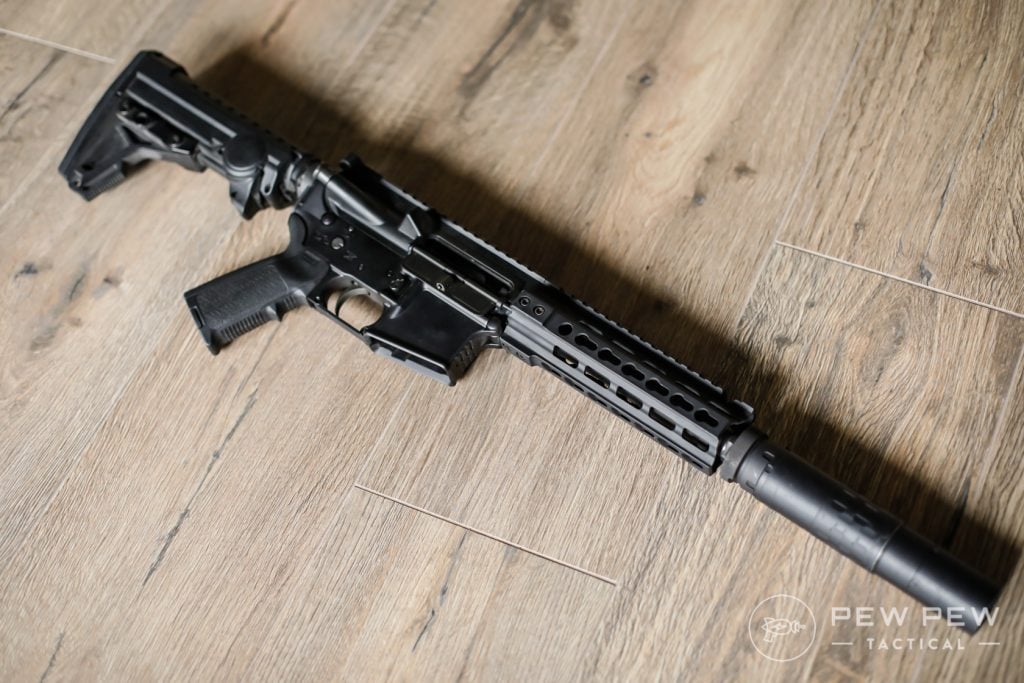
But what kind of restrictions?
We know the law can be tricky so we’re here to help! We’re going to walk you through the SAFE Act, what it did, and how it impacted gun owners.
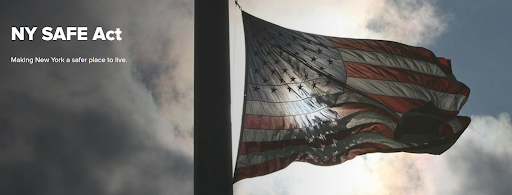
So keep reading.
Disclaimer: While the information provided here is legal in nature, it is not to be construed as legal advice, and is for educational and entertainment purposes only.
Table of Contents
Trending: Ammo In-Stock, Best AR-15s, Best Concealed Carry GunsThe definition of “assault weapons,” under the NY SAFE Act was reworked to include semi-automatic pistols, semi-automatic rifles, and semi-automatic shotguns.
Furthermore, the previous definitions only considered a firearm an “assault weapon” if it had two features from a list of scary “assault weapon” features.
But, under the new definition, if a firearm has even one of the items on the list, it’s considered an “assault weapon.”
Under the NY SAFE Act, a pistol is considered an assault weapon if it is semi-automatic, has a detachable magazine, and at least one of:
The list for rifles is very similar, with a rifle considered an “assault weapon” if it is semi-automatic, has a detachable magazine, and at least one of:
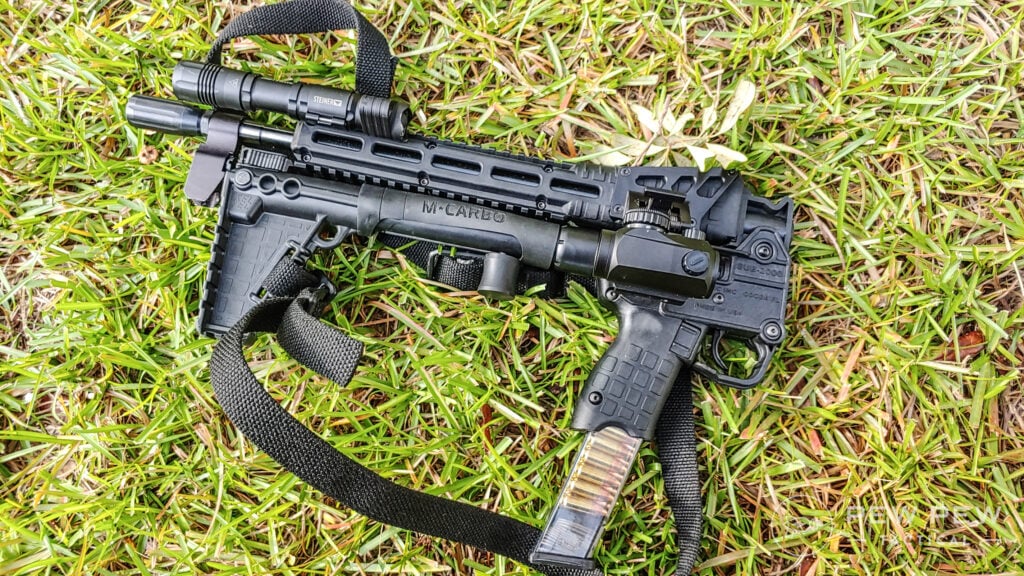
Finally, a shotgun is considered an “assault weapon” if it has at least one of:
If a firearm happened to fall under any of those categories, it was considered an “assault weapon” under the NY SAFE Act.
And unless that firearm was owned before January 15, 2013, it became illegal to own.
So what were New York residents supposed to do with their firearms that had magically changed into “assault weapons” overnight?
Owners could either modify the firearms so they no longer met the requirements, sell the firearm (to an FFL or someone out of state), or register it with the NY State Police.
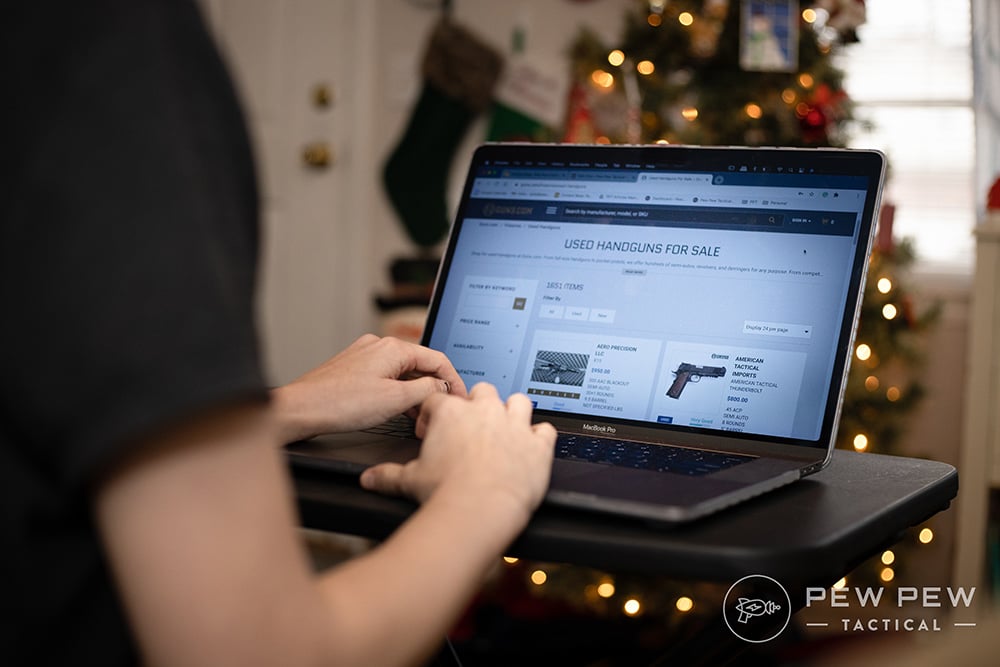
Gun owners had until April 15, 2014, to register their “assault weapons.”
The registration required personal information including address and social security number, and a description of the firearm being registered.
New magazine restrictions were also put into place despite the fact that New York had already restricted magazine capacity to 10 rounds.
NY Legislature further restricted capacity by stating that guns could only be loaded with seven rounds.
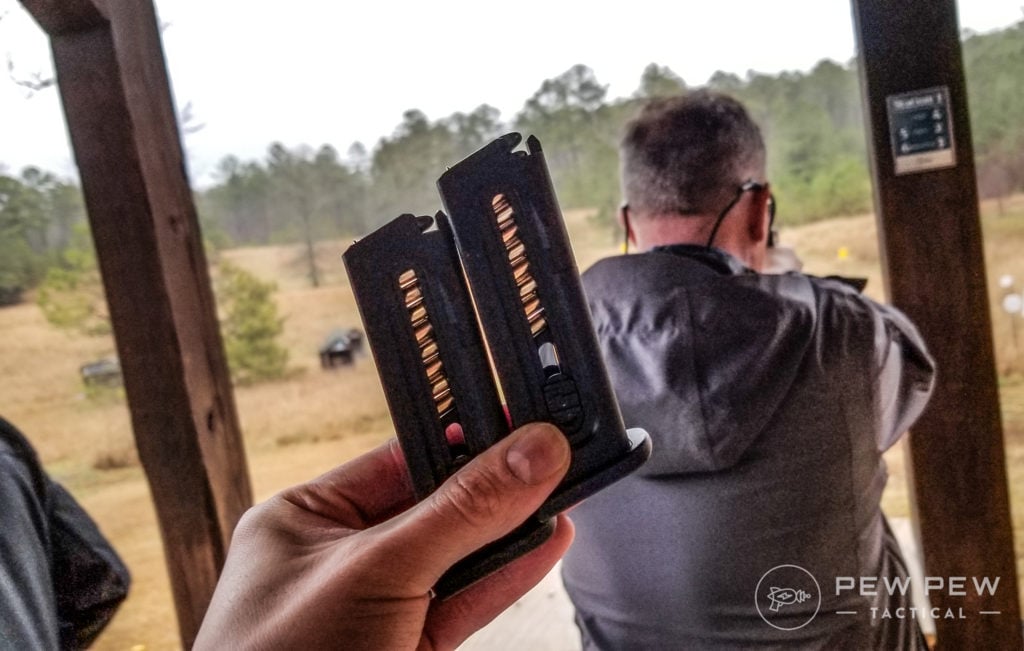
You may be thinking, “but there aren’t very many seven-round magazines.” And you’d be right!
Most magazines come in at least the 10-round variety, if not more.
So what was the solution?
Only load mags to seven rounds, even if your mag could take more.
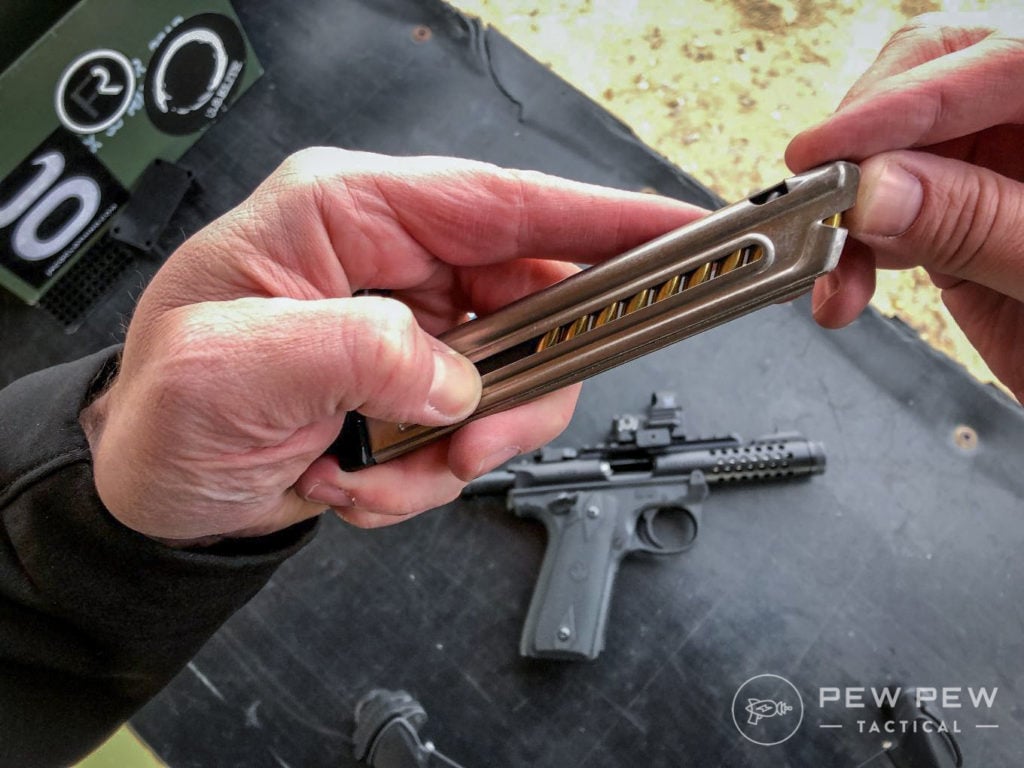
There was an exemption for shooting ranges and shooting competitions, but outside of those situations, more than seven rounds was a no-no.
Fortunately, this part of the NY SAFE Act was later ruled unconstitutional, so the restriction went back to the previous 10 round magazine limit.
Another part of the NY SAFE Act required gun owners to safely store firearms if they lived with someone known to be prohibited from possessing a firearm under federal law.
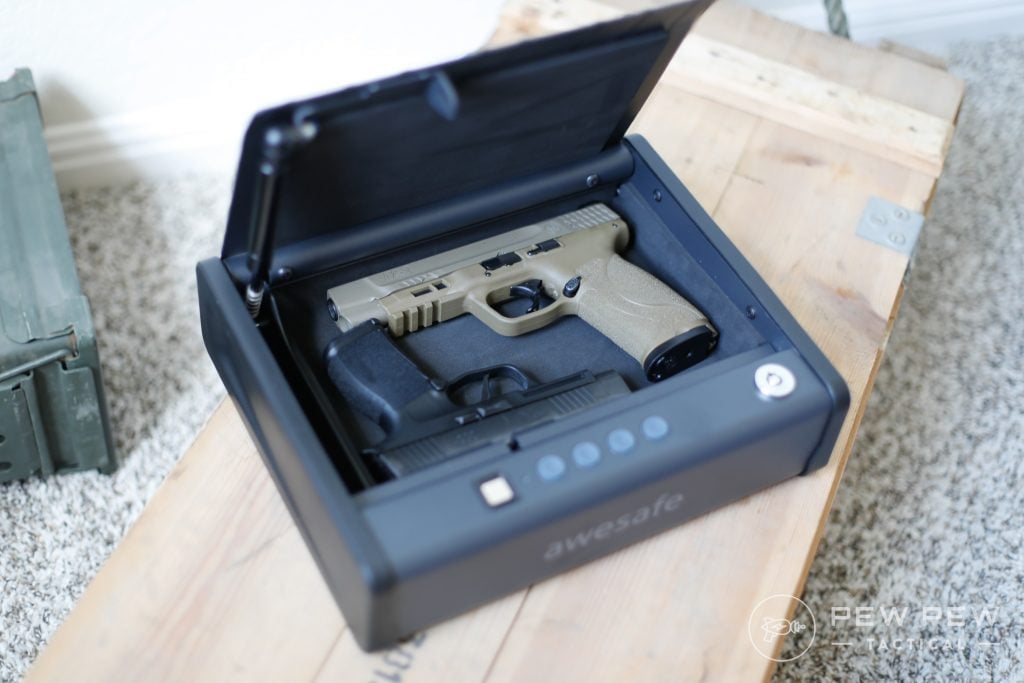
Not a huge deal to most people — especially those who want to keep their shiny toys out of the hands of curious children and possible bad guys.
Under the law, “safe storage” meant any means to store a firearm that either makes it incapable of being fired (like a trigger lock) or is a secure container with a lock on it to prevent unauthorized access.
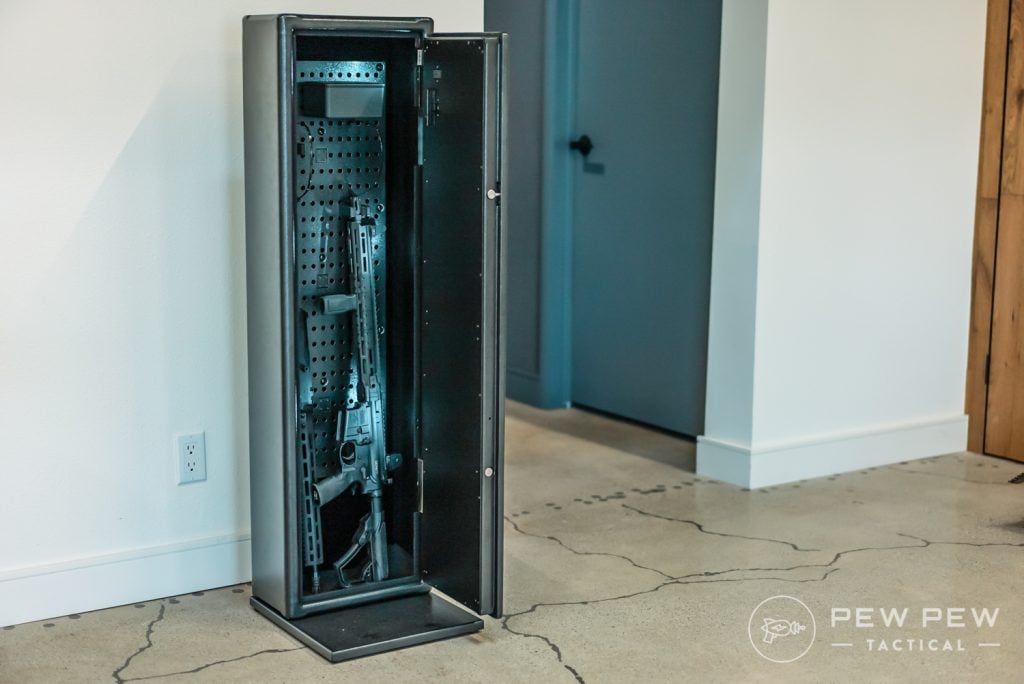
We have some suggestions on the best gun safes here!
One of the other restrictions to come out of the NY SAFE Act was a new restriction on ammo sales.
Under the new law, direct sales of ammunition were no longer allowed.
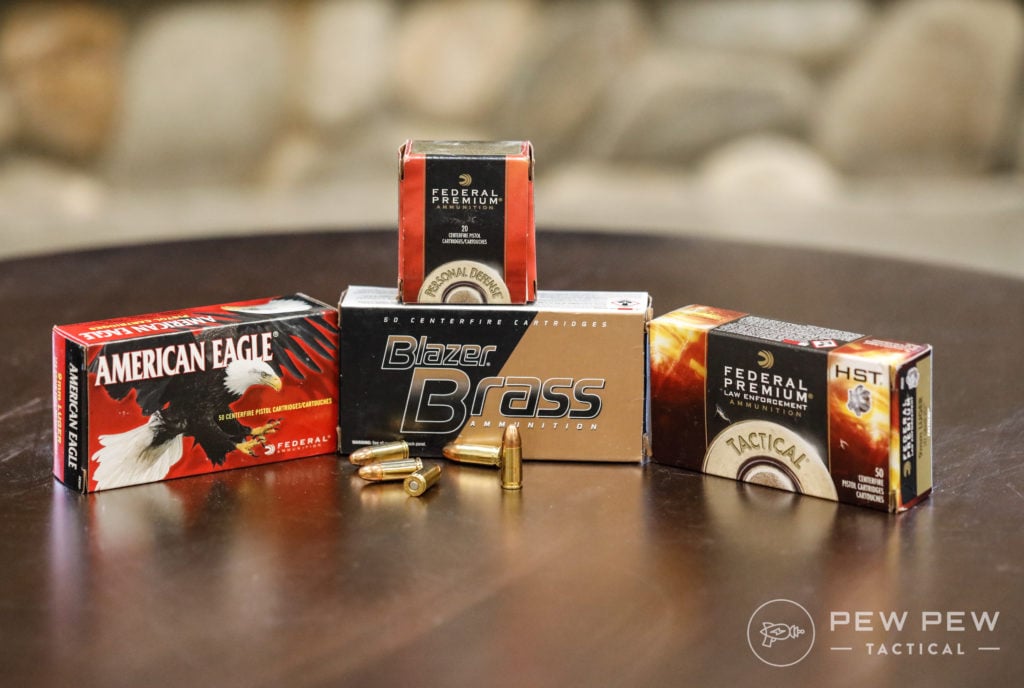
All ammo purchases had to go through an FFL — whether that meant ordering ammo online and shipping it to an FFL for final pickup or buying directly from a local gun store.
Why from an FFL?
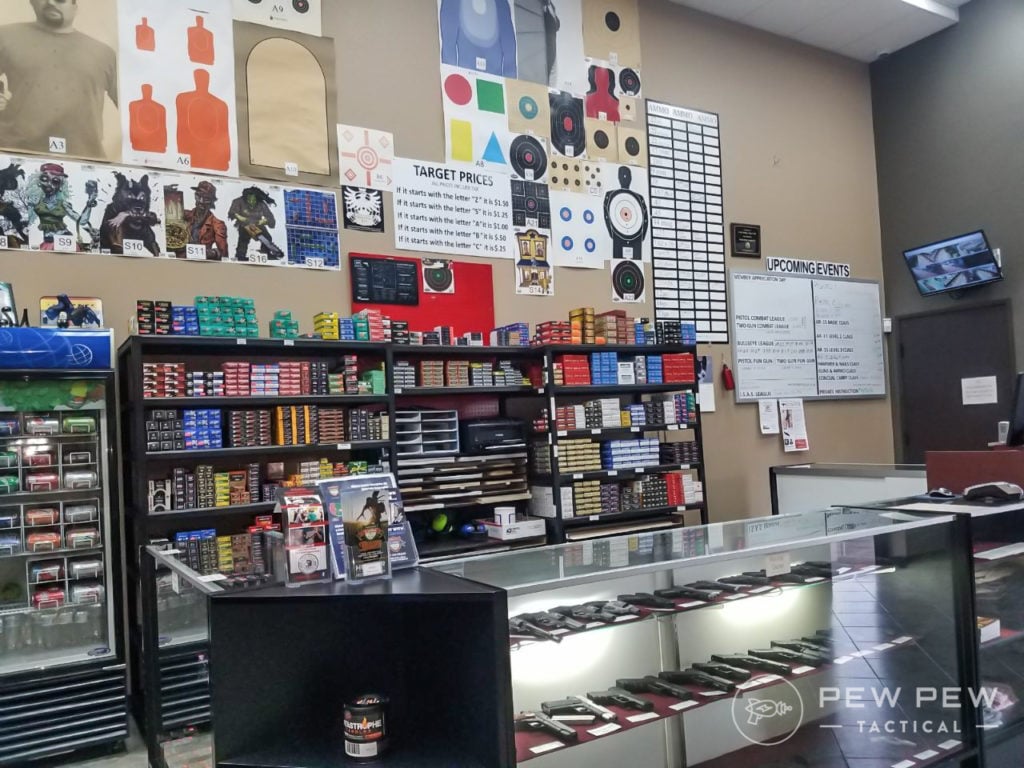
Well, when you take possession of the ammo, you’d have to undergo a background check.
Of course, the one catch is that there isn’t actually a system set up to conduct the background checks.
So…they aren’t being done.
But once it is set up, then every ammo purchase will require a background check.
Those state representatives are ahead of their time…or passing laws regarding things that don’t exist yet…one or the other.
The NY SAFE Act, passed in response to the Sandy Hook shooting, included a small section on mental health.
This area of the law required mental health professionals to report any person they felt might do something to cause serious harm to themselves or others to the authorities.
It’s essentially a red flag law, though at least it’s not the worst red flag law in the country.
You can find some examples of even worse instances of red flag laws in our article covering just that.
The NY SAFE Act also had a couple of other miscellaneous laws thrown in as well…
For one, background checks through an FFL were required on all firearms sales and transfers, unless the transfer was between immediate family members.
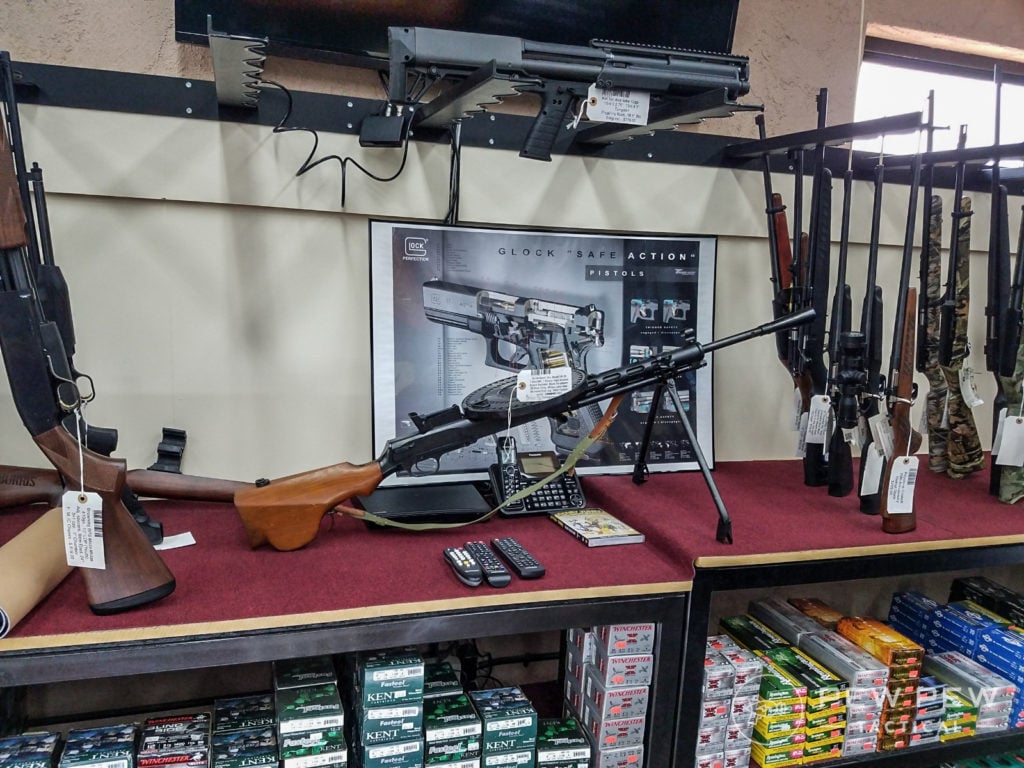
Lost or stolen firearms and ammo also needed to be reported to authorities within 24 hours.
Though really, it’s probably a good idea to report stolen firearms anyway.
Saving the best for last, the NY SAFE Act put in place a new requirement for handgun permits to be re-certified every five years with the local county clerk or sheriff.
Not only did you need permission to own a handgun, but you also needed to ask for permission to continue owning it every five years.
Oh, by the way, handgun permit holders must request their application information be exempt from disclosure under the NY State Freedom of Information Law…or it’ll be public record.
If it makes you feel any better, the NY SAFE Act was passed almost 10 years ago.
NY gun owners have gotten creative, along with their California cousins, in staying within the bounds of the ever-changing firearms laws, just to exercise their 2nd Amendment rights.
What do you think of the NY SAFE Act? Let us know in the comments below. Speaking of NY laws, the state recently banned “ghost guns.” Read more about that in the Weekly Wrap.